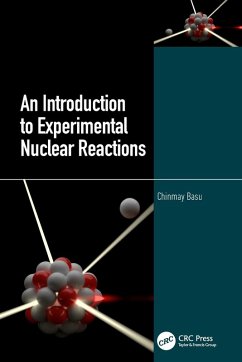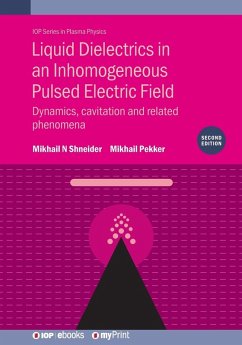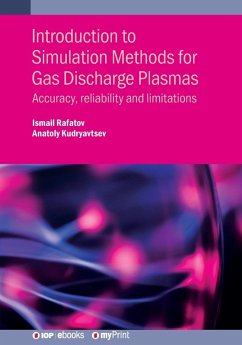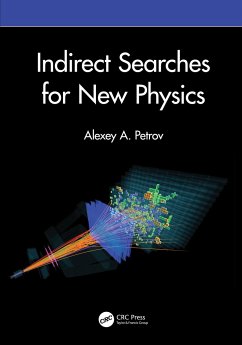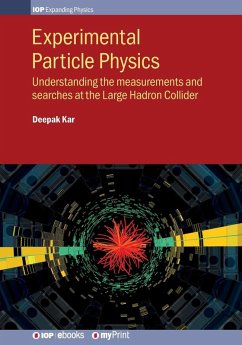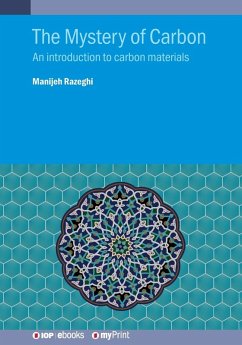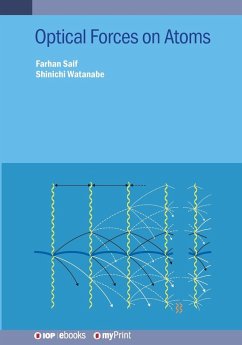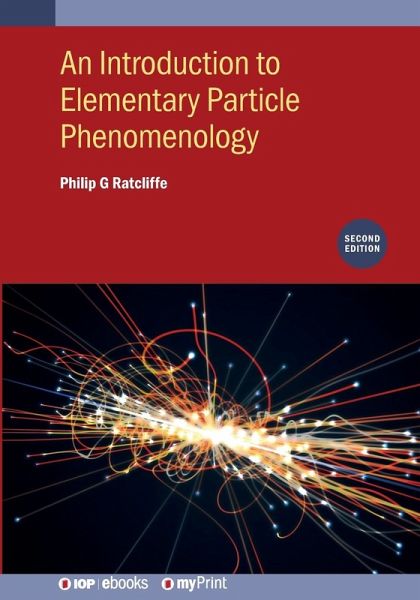
An Introduction to Elementary Particle Phenomenology (Second Edition)
Versandkostenfrei!
Versandfertig in über 4 Wochen
28,99 €
inkl. MwSt.
Weitere Ausgaben:

PAYBACK Punkte
14 °P sammeln!
The book covers all aspects of laboratory elementary particle phenomenology, dealing with the two main interactions as described by the electroweak theory and quantum chromodynamics. It outlines the historical development of the theoretical framework, including the experimental motivations and discoveries of the last and present centuries. The interplay between theory and experiment is central to the presentation, as is the physical reasoning behind every step taken. This 2nd edition includes various important topics omitted from the first printing and also includes new material, both experime...
The book covers all aspects of laboratory elementary particle phenomenology, dealing with the two main interactions as described by the electroweak theory and quantum chromodynamics. It outlines the historical development of the theoretical framework, including the experimental motivations and discoveries of the last and present centuries. The interplay between theory and experiment is central to the presentation, as is the physical reasoning behind every step taken. This 2nd edition includes various important topics omitted from the first printing and also includes new material, both experimental and theoretical, that has emerged over the last decade of intense activity at CERN and elsewhere. The book additionally includes many exercises with complete worked answers. Key Features * Provides careful scientific motivation for each theoretical and experimental development * Is pedagogical and self-contained * Contains many fully worked exercises * Offers up-to-date information with the most recent theoretical and experimental advances






